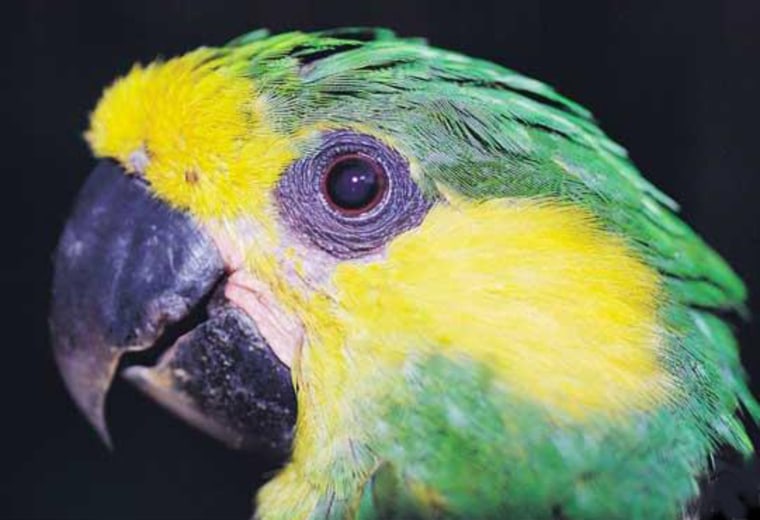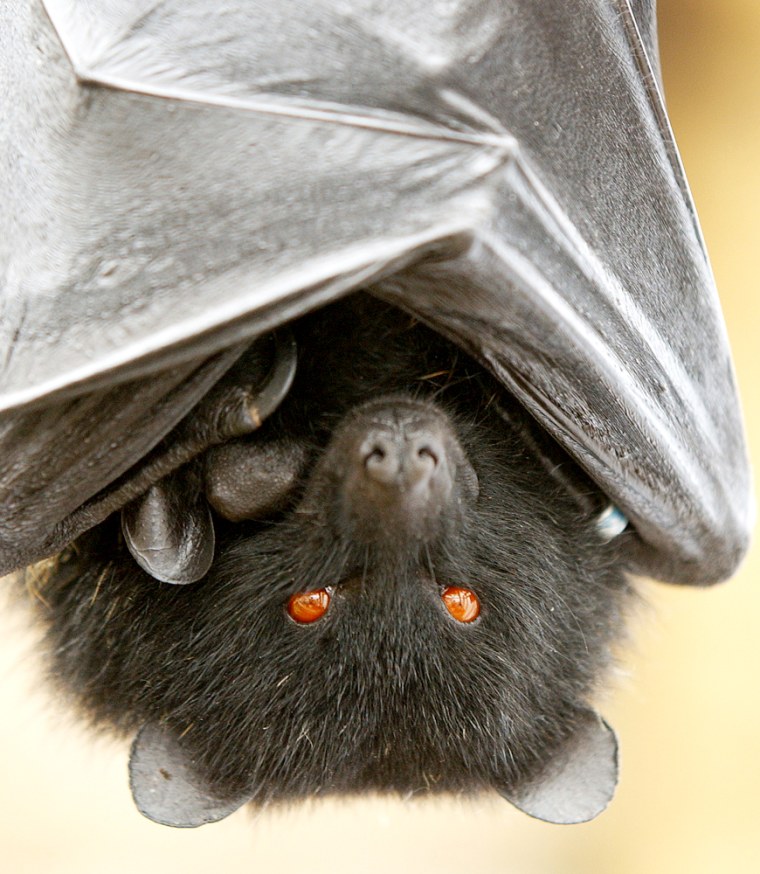Hundreds of imperiled species around the world — from a tiny opossum to a radiant blue bird — lack protection from human encroachment despite the vast amount of land set aside for conservation, according to a study published in the journal Nature this week.
Researchers said the findings are a wake-up call pointing to the need for new strategies to ensure that protected lands and the ranges of threatened species overlap.
At present, the largest protected areas are in desert or cold climates where the biodiversity is far lower than in tropical areas teeming with life, said Stuart Pimm, a professor of ecology at Duke University.
“The protected areas tend to be in the wrong places. We have huge national parks in Alaska, but few protected areas in biologically rich places like Florida or Hawaii,” said Pimm, who was not involved in the research.
Species and parks
In the study, researchers from nine nations compared maps of more than 100,000 protected areas around the globe to maps of the ranges of 11,633 animal species — mostly tropical and many threatened or endangered.
They found that for about 12 percent of the species, their ranges did not include parks or nature preserves that would protect them from human activities such as logging, hunting or mining operations.
And among 3,896 species deemed threatened, no protection was found for 20 percent: 149 threatened mammal species, 411 types of amphibians, 232 bird species and 12 turtle and tortoise species. About 300 of those animals are on the verge of extinction.
They include a tiny Colombian marsupial called Handley’s slender mouse opossum and Indonesia’s Cerulean Paradise-flycatcher, a bright blue bird with 100 or so survivors confined to a single forest-topped extinct volcano. Other critically endangered species are the Comoro black flying fox, a fruit bat found only on the Indian Ocean’s Comoros islands, and Myanmar’s Burmese star tortoise.
Smaller studies have shown “gaps” between protected areas and threatened species, but the new work offers the first global view of that situation by evaluating the predicament of some of the best documented animal species, said Ana Rodrigues, a research fellow at Conservation International in Washington, D.C.
“Even for these species that we know well, we’re finding these levels of unprotection, of gaps. It’s alarming,” said Rodrigues, who was the study’s lead author.
Goal met on paper
The 1992 World Parks Congress set a target that 10 percent of Earth's land habitat be protected by 2000. The goal was actually met, the figure is now 11.5 percent, but conservationists believe the analysis provided evidence that more protected areas are needed in areas with the most biodiversity.

“Protecting more than 10 percent of the planet’s land surface is a major conservation achievement,” said Gustavo Fonseca, Conservation International's executive vice president. “But this study proves that no matter how appealing arbitrary percentage targets might be from a political standpoint, we should focus on those places with the greatest concentrations of threatened and endemic species.”
Rodrigues noted that many developing nations simply lack the resources to protect their national parks. Conflicts over conservation are common, she said, because areas highly attractive to humans such as fertile lowlands and forests are also the richest in species.
Craig Hilton-Taylor, a Cambridge, England-based conservation biologist with the World Conservation Union, called the research “scary” because it did not even look at thousands of little-known species such as small mammals, freshwater fish, plants and invertebrates that have very tiny ranges.
“We have a long way to go before we can say, ’Yes, we are truly conserving the world’s biodiversity,”’ he said.
